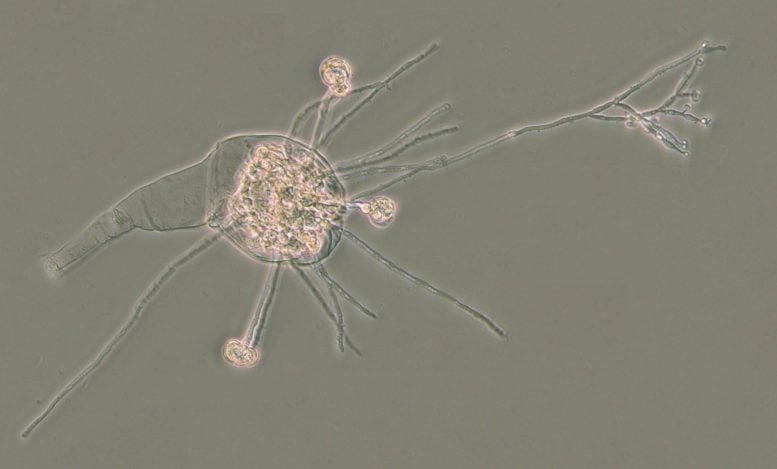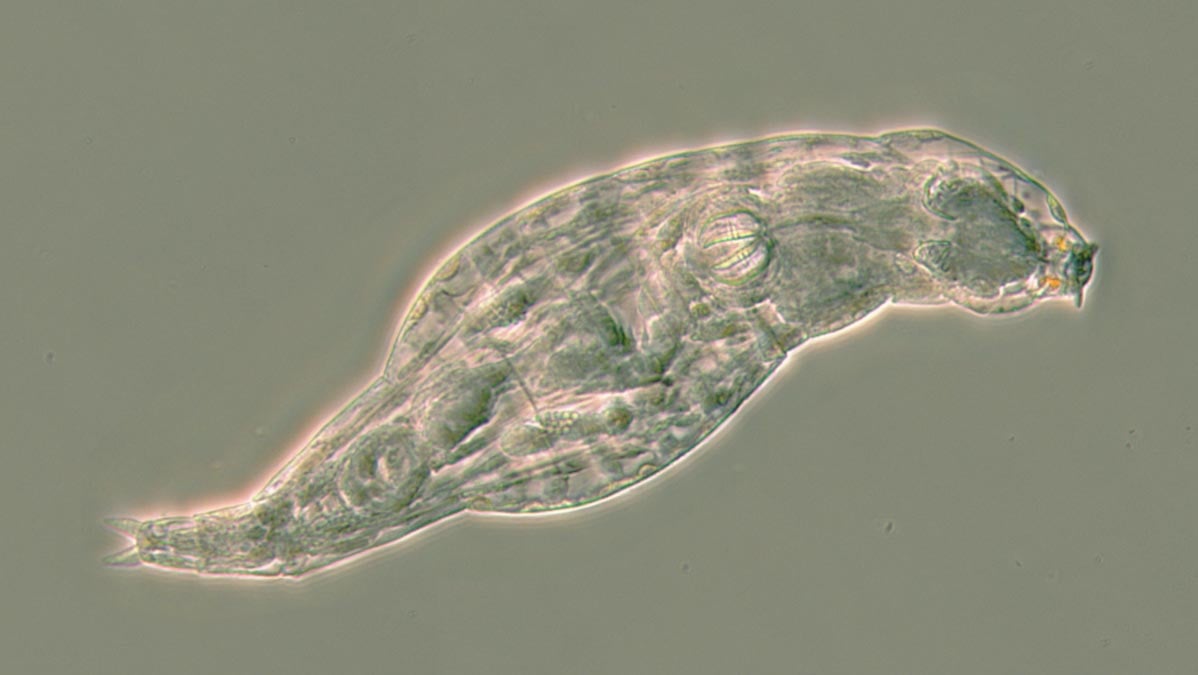Bdelloid rotifers, a type of small freshwater animal, harness stolen bacterial genes to create antibiotics, offering insights into developing safer antimicrobial drugs and addressing growing antibiotic resistance.
A team of researchers from the Prior research found that rotifers have been picking up DNA from their surroundings for millions of years, but the new study is the first to discover them using these genes against diseases. No other animals are known to “steal” genes from microbes on such a large scale. “These complex genes – some of which aren’t found in any other animals – were acquired from bacteria but have undergone evolution in rotifers,” said study co-author David Mark Welch, senior scientist and director of the Josephine Bay Paul Center at the Marine Biological Laboratory. “This raises the potential that rotifers are producing novel antimicrobials that may be less toxic to animals, including humans, than those we develop from bacteria and fungi.” Antibiotics are essential to modern healthcare, but most of them were not invented by scientists. Instead, they are produced naturally by fungi and bacteria in the wild, and humans can make artificial versions to use as medicine. The new study suggests that rotifers might be doing something similar. “These strange little animals have copied the DNA that tells microbes how to make antibiotics,” explains Wilson. “We watched them using one of these genes against a disease caused by a fungus, and the animals that survived the infection were producing 10 times more of the chemical recipe than the ones that died, indicating that it helps to suppress the disease.” This bdelloid rotifer is using her wheels to hoover up and eat bacteria and other particles floating in the water. This animal is about half a millimeter long, and the wheels are on the head end. Credit: C. G. Wilson 2024 The scientists think that rotifers could give important clues in the hunt for drugs to treat human infections caused by bacteria or fungi. Antibiotics are becoming less effective because the disease-causing microbes have evolved to become resistant and no longer respond to treatment. The World Health Organization recently sounded the alarm, warning in a June report of the “pressing need” to develop new antibiotics to counter the threat of resistance. “The recipes the rotifers are using look different from known genes in microbes,” said study author Reuben Nowell of the University of Stirling. “They’re just as long and complicated, but parts of the DNA code have changed. We think the recipe has been altered by a process of evolution to make new and different chemicals in the rotifers. That’s exciting because it might suggest ideas for future medicines.” The genes the rotifers acquired from bacteria encode an unusual class of enzymes that assemble DOI: 10.1038/s41467-024-49919-1
Unveiling Unique Antibiotic Production
Implications for New Antibiotics













/https://tf-cmsv2-smithsonianmag-media.s3.amazonaws.com/filer_public/34/31/3431771d-41e2-4f97-aed2-c5f1df5295da/gettyimages-1441066266_web.jpg)



![Ep266: [Lean Series] How to Plan a Responsible Fat Loss Phase Ep266: [Lean Series] How to Plan a Responsible Fat Loss Phase](https://carrotsncake.com/wp-content/uploads/2024/06/Carrots-N-Cake-VIP-Nutrition-Coaching-768x1040.jpeg)
.jpg)

Discussion about this post